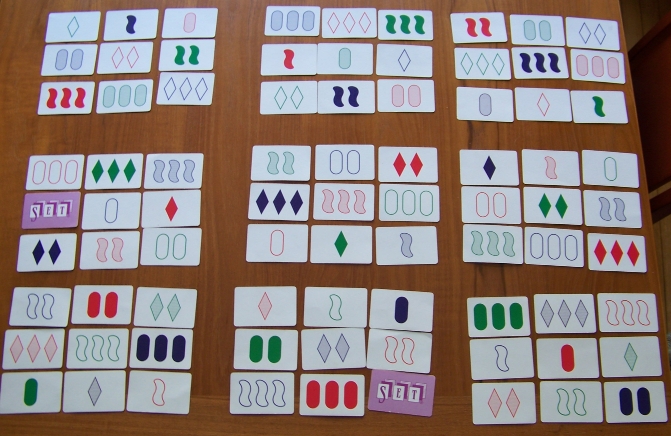I love The Secretary Problem. I first heard about it a long time ago with a different narrative. Then it was a problem about the marriage of a princess:
The king announces that it is time for his only daughter to marry. Shortly thereafter 100 suitors line up in a random order behind the castle walls. Each suitor is invited to the throne room in the presence of the princess and the king. At this point, the princess has to either reject the suitor and send him away, or accept the suitor and marry him. If she doesn’t accept anyone from the first 99, she must marry the last one. The princess is very greedy and wants to marry the richest suitor. The moment she sees a suitor, she can estimate his wealth by his clothes and his gifts. What strategy should she use to maximize the probability of marrying the richest person?
The strategy contains two ideas. The first idea is trivial: if the princess looks at a suitor and he is not better than those she saw before, there is no reason to marry him. The second idea is to skip several suitors at the beginning, no matter how rich they might seem. This allows the princess to get a feel for what kinds of suitors are interested in her. Given that we know the strategy, the interesting part now is to find the stopping point: how many suitors exactly does she have to skip? The answer is ⌊N/e⌋. (You might think that this formula is approximate. Surprisingly, it works for almost all small values. I checked the small values and found a discrepancy only for 11 and 30 suitors.)
The problem is called The Secretary Problem, because in one of the set-ups the employer tries to hire a secretary.
In many situations in real life it is a good idea to sample your options. Whether I’m shopping for an apartment or looking for a job, I always remember this problem, which reminds me not to grab the first deal that comes my way.
Mathematically, I try to find variations of the problem that are closer to real life than the classical version. Here’s one of the ideas I had: you can always delay hiring a secretary until you have interviewed several candidates. You can’t wait too long, as that good secretary you interviewed two weeks ago might have already found a job. And of course the king has a small window of time in which he can run out of the castle and persuade a suitor to come back before he saddles up his horse and rides away.
To make the problem mathematical we should fix the window size as an integer w. When you are interviewing the k-th suitor, you are allowed to go w − 1 suitors back. In other words, the latest you can pick the current suitor is after interviewing w − 1 more people. I call this problem: The Secretary Problem with a Sliding Window.
It is easy to extrapolate the standard strategy to the sliding window problem. There is no reason to pick a suitor who is not the best the princess have seen so far. In addition, if she sees the best person, it is better to wait for the last moment to pick him in case someone better appears. So the strategy should be to skip several people at the beginning and then to pick the best suitor at the last moment he is available.
The difficult part after that is to actually calculate the probabilities and find the stopping point. So I suggested this project to RSI 2015. The project was assigned to Abijith Krishnan under the direction of Dr. Shan-Yuan Ho. Abijith is a brilliant and hard-working student. Not only did he (with the help from his mentor) write a formula for the stopping point and winning probabilities during the short length of RSI, he also resolved the case when the goal is to pick one candidate out of the best two.
If you are interested to see what other RSI students did this year, the abstracts are posted here.
Share:





